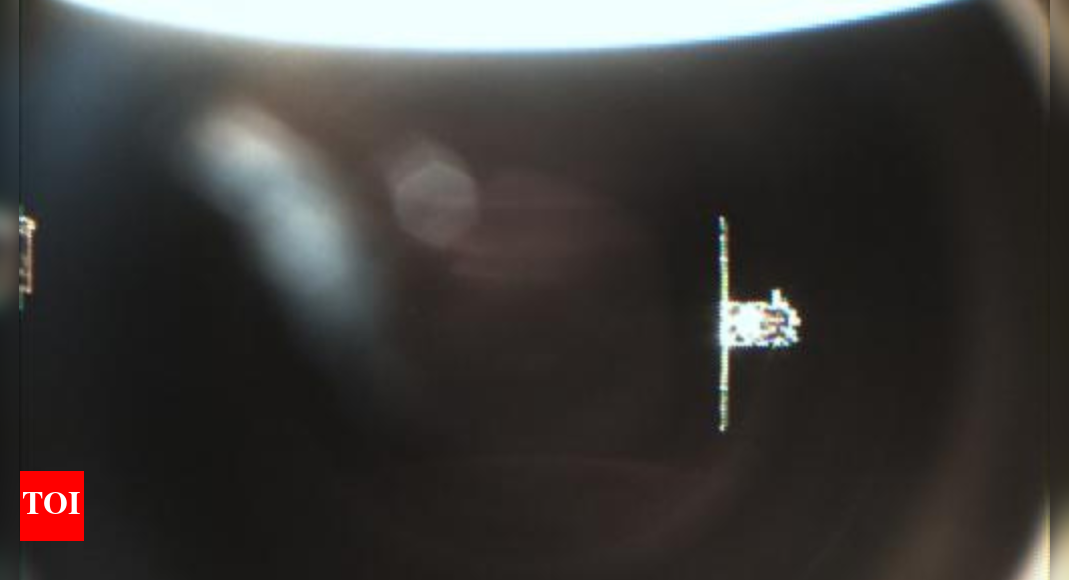BENGALURU: In a milestone for India’s space capabilities, Isro completed its first satellite docking maneuver early Thursday (Jan. 16), marking a crucial step toward multiple future missions, including Chandrayaan-4 and the country’s own space station, in the works.
Multiple sources confirmed that the docking attempt was a success. No official announcement was made regarding this at the time of writing this report.
With this, India has taken the first step to join a club of elite nations (United States, Russia and China) that boast of such technology. Isro will need several more docking tests before claiming to have mastered the technology.
In the Space Docking Experiment (SpaDeX), launched on December 30, two separately launched satellites were joined at an orbital altitude of about 475 km, with final commands executed from Isro’s Command, Tracking and Telemetry Network (Istrac) in Bengaluru.
“We don’t fully automate everything. Since the launch, there have been five to six stages, and in each stage, we were monitoring from the ground and giving the green signal before moving to the next,” M. Sankaran, director of the URSC, told TOI, explaining the process.
Isro employed a petal-based docking system, aligned with international standards, including International Docking System Standard (IDSS).
The space agency had taken a cautious approach to the entire operation, including ground simulations based on an abort scenario that on Jan. 6 identified the need for further validation. This crucial input made Isro postpone the docking procedure from January 7 to 9, only to postpone it again.
On January 11, the two satellites reached a distance of 230 m from a distance of 1.5 km. “Stopped at an inter-satellite distance (ISD) of 230 m, all sensors are being evaluated. The health of the spacecraft is normal,” Isro had said.
A day earlier, Isro had said the spacecraft was at a distance of 1.5 km and on standby mode. “It is planned to achieve further drift to 500 m tomorrow (January 11) morning.” Isro had said. On January 9, the space agency had put the satellites on a slow drift course after being forced to postpone docking that day.
After the launch on December 30, Isro has been preparing for docking, which requires multiple steps/stages, each of which was monitored from the ground and given the green light before moving on to the next.
However, he has had to postpone his attempt to dock several times. On January 6, a day before the first docking attempt was scheduled, Isro found that the docking process required further validation through ground simulations based on an abort scenario it identified that day. And the docking was rescheduled for January 9.
And, on January 8, Isro said: “While performing a maneuver to reach 225 m between satellites, the drift was found to be greater than expected, after the period of non-visibility. The docking scheduled for tomorrow (January 9) is postponed. “Satellites are safe.” The space agency had begun drifting the chaser spacecraft (the two satellites are designated chaser and target) late on January 8.
On January 9, a day after inter-satellite drift caused Isro to postpone SpaDeX for the second time, the space agency managed to put the spacecraft on a slow drift course. “…Drifting has stopped and the spacecraft have adopted a slow drifting course to approach each other. It is expected to reach initialization conditions tomorrow (January 10),” Isro said on Thursday.
And on January 12, a test was carried out to reach up to 15 m and further up to 3 m and then the satellites were moved to a safe distance.
Docking in space is a complex process and so far only three other countries have mastered it.




